The procession of peaks are like endless crests of white and green dinosaurs marching into the horizons all around us with some wearing cloudy shawls on their collars under crisp winter blue skies.
Heading South into the Fjordlands from Queenstown, you lose all sense of scale. On your right, Lake Wakatipu spreads calmly into the distance, bordered on the opposite bank by peaks sharply rising from the water with evergreen coated bases and tops dusted powdered sugar style with snow. But as the hills crest and fall, you realize the valleys between each crest are glacially carved, and looking deep into the valleys, you see the meringue sharp peaks of the jagged alps in the distance to the West. And this is just 50-60 degrees of your view.
Looking in the rear view mirror, you can see ranges to the North of Queenstown covered in enough snow to keep the skiers and snowboarders there happily occupied. As we continue South of the lake, the road ahead opens up into a vast plain where pastures extend far to the south and east, full of sheep, cattle and deer farms. This is New Zealand’s big sky country, where sparsely placed farms work the hardy soil.
The plains are bordered in all directions by those endless crests, the pushed up wreckage of the Pacific tectonic plate caused by the Australasian plate subducting underneath it. If you were to fly over this land, the peaks below would look like a vast meringue pie spread halfway across the South Island. Glaciers have carved out round-bottomed valleys that accentuate the sharpness of ridgelines, which in places look like the plates of triceratops or the ridgebacks of dragons.
This is the Fjordlands of Southern New Zealand.
We are headed to Te Anua a small town alongside Te Anua Lake, and our gateway to see Milford Sound and Doubtful Sound.
Milford Sound in the Rain
We first visited Milford Sound, which is actually a fjord (as it was carved by a glacier not a stream), but it’s no use raising the point now that all the maps are done. We expected one rainy day and one sunny day, so we saved the sunny day for the longer Doubtful Sound and resigned ourselves to see Milford Sound in the rain. I’m sure on a sunny day, our trip would have been different, but Milford Sound comes alive in the rain.
Milford Sound is one of the wettest places in New Zealand, getting more than twenty feet of rain each year. A drought here is when it doesn’t rain for more than seven days. There are only three permanent waterfalls in the sound. When it rains, however, there are hundreds. The vast mountain overhangs literally cry out for attention. The base of the mountains is a tropical rainforest, and you are likely to see ferns and palms at the base of waterfalls. Up the rocky cliffs, the trees that have grown cling to each other like climbers tethered together on Half-Dome. Our naturalist says only 20 percent of the trees are actually anchored with roots in rock. The other 80 percent are holding onto their neighboring rocks and moss. When the rains get heavy, it is not uncommon for the water to uproot some anchored trees and have a “travalanche” of trees ripping down the side of the mountain, leaving scars like tiger stripes left and right of us. It takes about 120 years for a patch of cliff to regrow, starting again from mosses and small plants.
Along our journey, our captain pulls the bow of the Milford Mariner under a waterfall the Maori believe makes you look younger. Kimberly and Tanner both get into the spray, and I worry that as much fun as Tanner was having he may turn into an 8 year old again. He also took us out into the Tasman Sea and raised the sails, so we can now say we have officially sailed the Tasman Sea. YAY! As we turned back into the harbor, we all got to see a Buller’s Albatross dipping its wings into the rough swells of the Tasman.
The Journey to Doubtful Sound
I love to search out the corners of our World. Whether it be sailing a tall ship off Cape Horn on my way to Antarctica, scuba diving in Exmouth in Northwest Australia, or visiting Lake Baikal in Siberia from the Trans-Siberian train, there is a part of me that likes to find beauty in the farther reaches of the globe. Doubtful Sound is my kind of place. To get there takes a 2.5 hour drive South from Queenstown to the port of Lake Manipouri. From there, Real Journeys operates a day tour, starting with a ferry across the lake followed by a bus ride up and over a ridge and down to a washed out bridge. After getting off one bus and walking across a makeshift bridge, you board another bus for a shorter ride to get to your boat to head into one of the most beautiful fjords you can imagine.
I struggle to find words to describe the experience of motoring through this fjord that was so imposing, Captain Cook passed on sailing into it when he ventured here in the 18th century, as he claimed it was “doubtful” he could get back out given the strong prevailing winds. A sunny day in Winter gives this place the most amazing views, with snow-capped ridges and glistening green glacial-carved valleys.
As we pulled into one arm of the fjord, the captain gave us a special treat. We motored to a spot where the water was glass smooth and reflecting mountains all around. The captain asked everyone to go outside and make no noise – no steps, no cameras snapping, nothing – to go to the rail somewhere and be absolutely silent. He shut down the engines and generators, and we sat there on the smooth sea, the only sound being a single bottle-nose dolphin who was playing off the port bow.
Somewhere there is a dictionary with the word awesome in it, whose definition reads, “Doubtful Sound on a sunny calm day.”
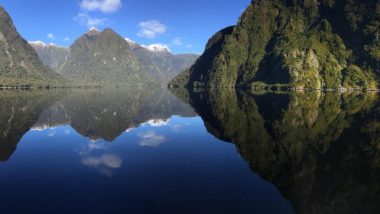
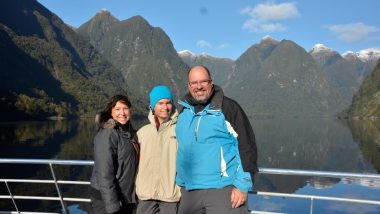
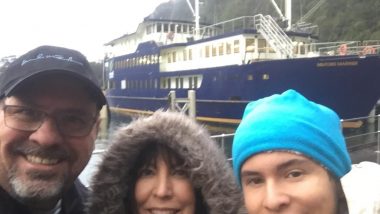
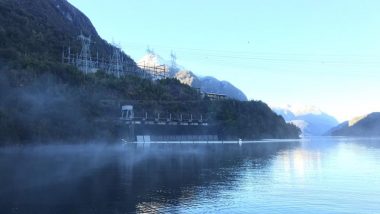
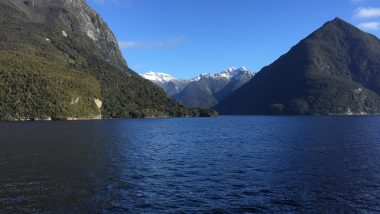
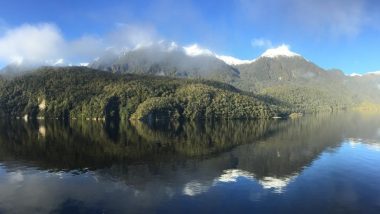
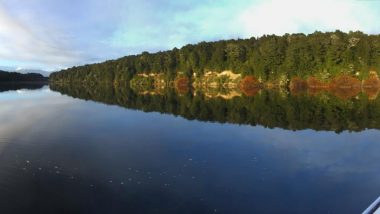
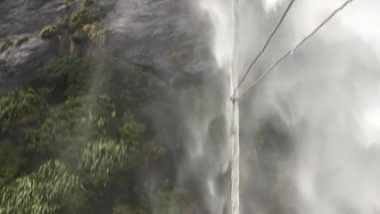
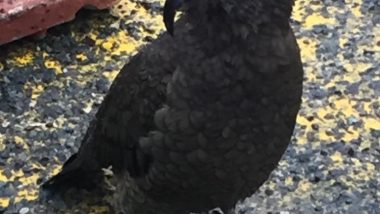
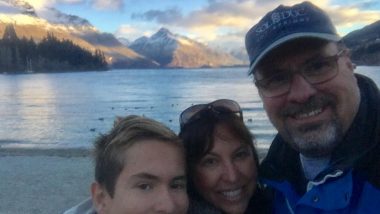
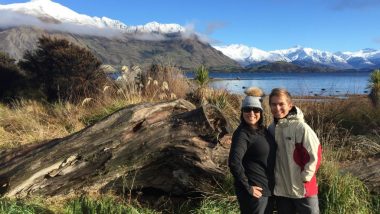
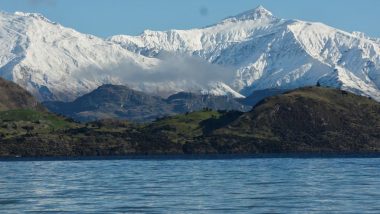
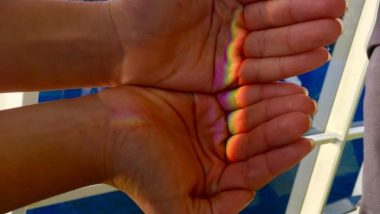
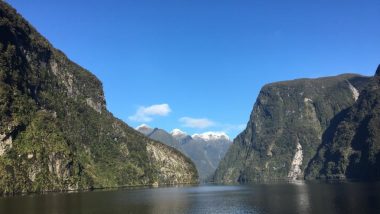
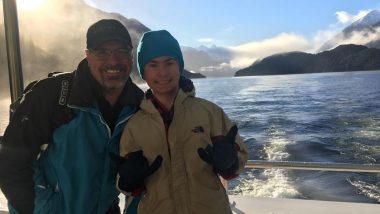
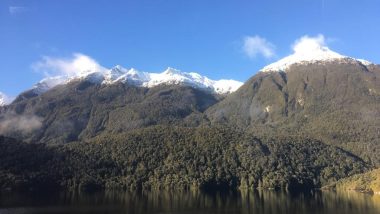

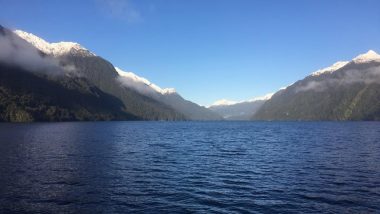

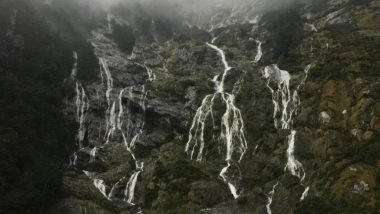

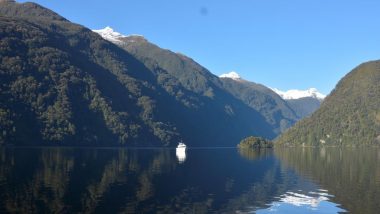
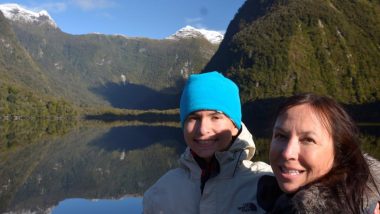
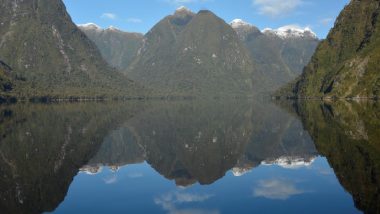
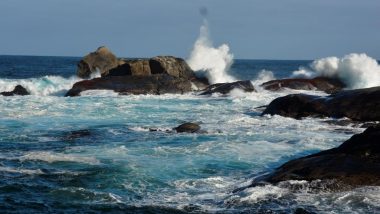
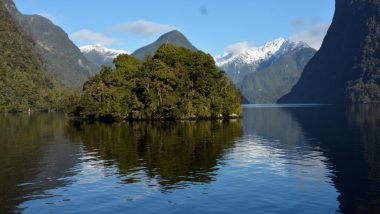
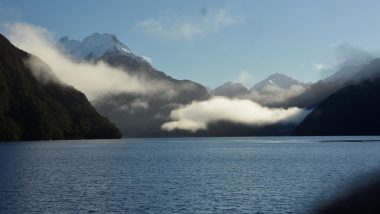

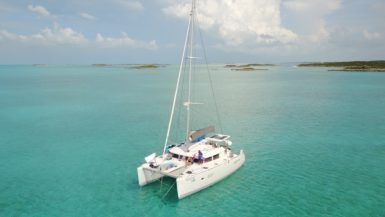
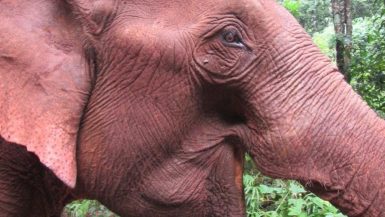
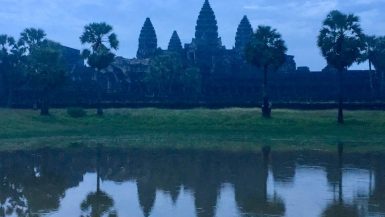
Leave a reply